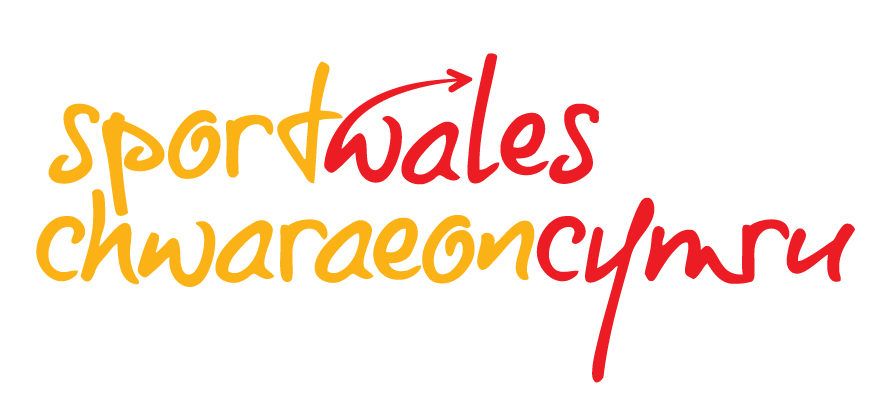Paddling on the Sea: Exploring Wales’ Spectacular Coastline
Wales is home to some of Britain’s most breathtaking coastline, offering a rich variety of sea paddling experiences. From the golden beaches of West Wales to the dramatic sea cliffs and tidal races of Anglesey, there’s something here for every paddler, whether you’re seeking a peaceful coastal tour or a challenging open water adventure.
Coastal Highlights
West Wales
Known for its sandy beaches and wildlife-rich waters, West Wales is ideal for scenic paddling. The Pembrokeshire Coast National Park offers some of the best sea kayaking in the UK, with routes that include:
- Abereiddy to Abercastle – a stunning stretch of coast with caves, arches, and wildlife.
- Porthclais to Newgale – a more sheltered paddle, ideal for intermediate paddlers.
- Ramsey Island – for experienced paddlers, this route offers tidal races, cliffs, and the chance to spot seals and seabirds
Anglesey
Anglesey is a world-class sea kayaking destination, known for its rugged coastline and powerful tidal features. Popular paddling areas include:
- Penmon Point to Puffin Island – a scenic route with strong tidal flows and abundant wildlife.
- Rhoscolyn to Trearddur Bay – sea arches, caves, and dramatic cliffs.
- South Stack – a challenging paddle with exposed conditions and spectacular scenery.
Llyn Peninsula
The Llyn Peninsula offers a mix of sheltered coves and exposed headlands. Recommended routes include:
- Porthdinllaen to Morfa Nefyn – a gentle paddle with sandy beaches and clear water.
- Aberdaron to Bardsey Sound – for experienced paddlers, this route includes strong tidal flows and remote beauty.
Safety First: RNLI and Paddle Cymru Advice
Before heading out, it’s essential to prepare properly. The RNLI provides comprehensive safety guidance for sea paddlers, including a dedicated SUP safety guide. Key recommendations include:
- Check the weather and tides: Conditions can change quickly. Use reliable sources like the Met Office and local tide tables.
- Wear appropriate gear: A buoyancy aid is essential. Dress for immersion, not just the air temperature.
- Carry a means of communication: A waterproof mobile phone or VHF radio can be life-saving.
- Know your limits: Sea paddling can be demanding. Build experience gradually and avoid solo trips in unfamiliar or exposed areas.
- Tell someone your plan: Share your route and expected return time with a friend or family member.
You can find the RNLI’s full paddling advice https://rnli.org/safety/choose-your-activity/paddling.
Getting Started
We’re currently working on a set of recommended sea paddling routes and locations across Wales. In the meantime, here are some great ways to get involved:
- Find a club: Connect with experienced paddlers and join organised trips. Many clubs offer training and social paddles.
- Visit a paddling centre: Centres across Wales offer equipment hire, coaching, and guided tours.
- Take a course or join an event: Build your skills and confidence with structured learning opportunities.
Further Reading
For those keen to explore Wales’ sea kayaking routes in more detail, we recommend Jim Krawiecki’s “Welsh Sea Kayaking”. This guidebook offers detailed route descriptions, maps, and local insights—perfect for planning your next coastal adventure.
We are in the process of creating some recommend routes and places to go. In the meantime please take a look at the paddling advice provided by the RNLI here. They provide a SUP guide too.
You can also find a club here to paddle with, or Paddling Centre, and courses and events here.
To find out more about sea kayaking routes around our coastline, we also suggest taking a look at Jim Krawiecki's Welsh Sea Kayaking.
DISCLAIMER: We do our best to keep this information up-to-date, but we cannot promise that it is still true on the day you read it, You are advised to check locally before paddling. Paddle Cymru takes no responsibility for the information provided - and your decision to paddle is always your own.







